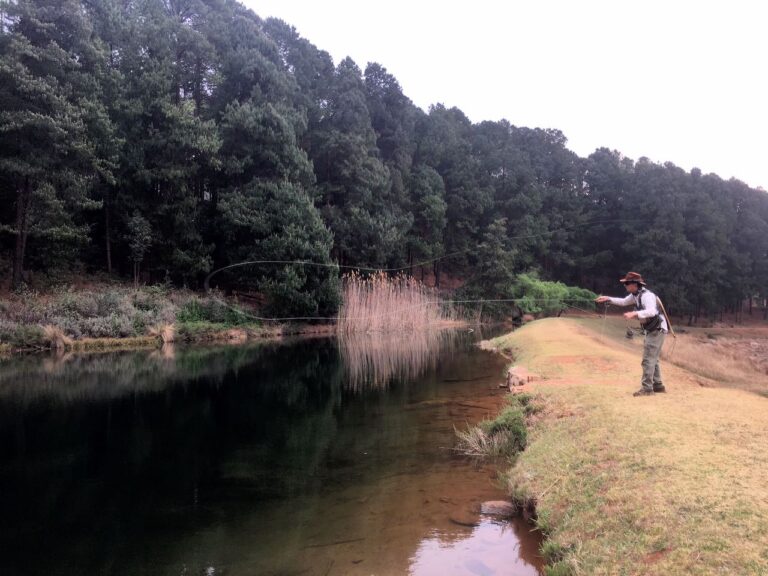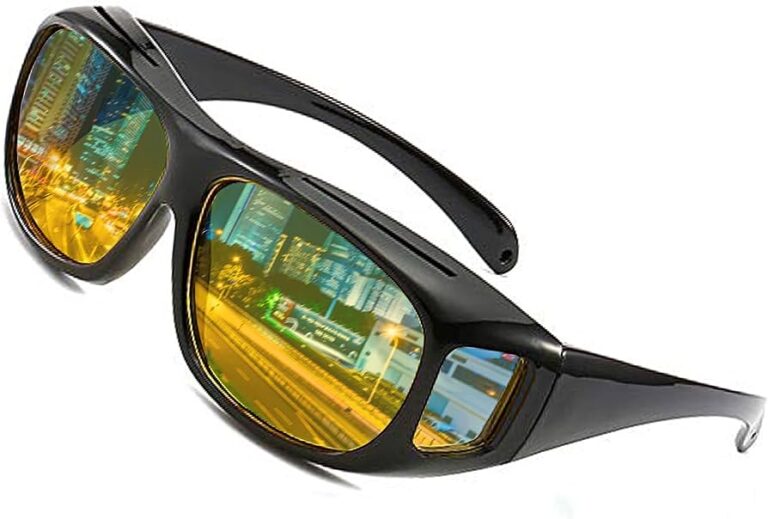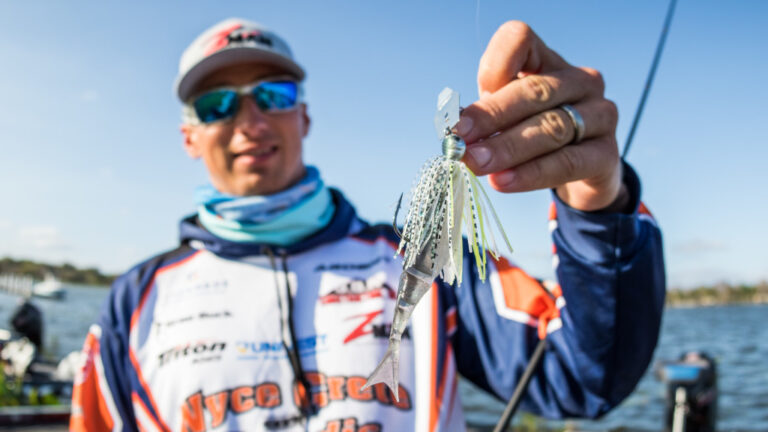Under fly fishing waders, it is recommended to wear moisture-wicking base layers for maximum comfort and protection. Fly fishing waders offer a convenient way to stay dry while enjoying your favorite outdoor activity.
However, what to wear under these waders is equally important for comfort and performance. The right choice of attire can make a significant difference in your overall fishing experience. When it comes to selecting the right clothing to wear under fly fishing waders, the key is to focus on moisture-wicking base layers.
These base layers are designed to keep you dry and comfortable by wicking away sweat and moisture from your skin. We will explore the different options available, including synthetic and natural materials, to help you choose the best base layers for your fly fishing adventures. So, let’s dive in and take a closer look at what you should be wearing under your fly fishing waders.

Credit: www.flyfisherman.com
1. Base Layers For Comfort And Moisture Management
Choosing The Right Base Layer
When it comes to fly fishing, wearing the right base layer underneath your waders is crucial for both comfort and moisture management. The base layer acts as a barrier between your skin and the waders, helping regulate body temperature and wick away sweat.
Here are some key points to consider when choosing the right base layer:
- Opt for lightweight and breathable materials that allow for easy movement and maximum comfort.
- Look for moisture-wicking fabrics that draw sweat away from your skin, keeping you dry and preventing chafing.
- Choose a base layer that fits snugly but not too tight, allowing for proper circulation and freedom of movement.
- Consider the weather conditions and temperature when selecting the thickness of your base layer.
Benefits Of Moisture-Wicking Fabrics
Moisture-wicking fabrics offer several advantages when it comes to wearing base layers under fly fishing waders. Here are some benefits to consider:
- Keeps you dry: Moisture-wicking fabrics pull sweat away from your skin, allowing it to evaporate quickly. This helps prevent dampness, which can lead to discomfort and even hypothermia in colder conditions.
- Regulates body temperature: These fabrics help regulate your body temperature by efficiently managing moisture. Whether it is hot or cold outside, moisture-wicking base layers will keep you comfortable and insulated.
- Prevents chafing: By keeping your skin dry, moisture-wicking fabrics reduce friction between your body and the waders, minimizing the risk of chafing and irritation.
- Reduces odor: These fabrics also help reduce the buildup of odor-causing bacteria by keeping you dry and fresh throughout your fly fishing adventure.
Recommended Materials For Base Layers
When it comes to choosing the right material for your base layers, consider the following options:
- Merino wool: Known for its natural moisture-wicking properties and excellent insulation, merino wool is a popular choice for base layers. It is soft, breathable, and naturally odor-resistant.
- Synthetic fabrics: Materials like polyester and nylon are widely used in base layers due to their durability, moisture-wicking capabilities, and fast-drying properties.
- Blends: Some base layers combine different materials to offer the best of both worlds. Blends of merino wool and synthetic fabrics provide a balance of comfort, moisture management, and performance.
Remember, the right base layer will not only enhance your comfort but also improve your overall fly fishing experience. Choose wisely to ensure a pleasant and enjoyable time on the water.
2. Insulating Layers For Added Warmth
Importance Of Insulating Layers
When it comes to fly fishing, staying warm and comfortable is essential for a successful and enjoyable experience. Wearing the right layers underneath your waders can provide much-needed insulation to keep you warm in colder waters. Here, we’ll discuss the importance of insulating layers and guide you on the best options for your next fishing adventure.
Types Of Insulating Layers
There are various types of insulating layers that can be worn under your fly fishing waders. These layers serve the purpose of trapping and retaining body heat, ensuring you stay warm even in frigid temperatures. Here are some popular options:
- Fleece: Fleece is a versatile insulating material that is lightweight, breathable, and quick-drying. It provides excellent warmth without adding bulk, making it suitable for layering under waders.
- Merino wool: Merino wool is a natural fiber known for its exceptional insulation properties. It regulates body temperature, wicks away moisture, and has antimicrobial properties that prevent odor buildup.
- Synthetic base layers: Synthetic fabrics like polyester and nylon are also popular choices for insulating layers. They are lightweight, moisture-wicking, and dry quickly, making them ideal for active pursuits like fly fishing.
- Thermal underwear: Thermal underwear, made from fabrics like polypropylene or thermal fleece, is designed specifically for cold weather activities. These garments provide excellent insulation by creating a warm layer of air next to the skin.
Best Materials For Insulating Layers
To ensure optimal warmth and comfort under your waders, it’s crucial to choose the right materials for your insulating layers. Here are the best materials to consider:
- Moisture-wicking fabrics: Look for insulating layers that have moisture-wicking properties. These fabrics pull sweat away from your body, helping to keep you dry and comfortable during your fishing expedition.
- Breathable fabrics: Breathability is essential, especially when layering under waders. Choose materials that allow moisture and excess heat to escape, preventing you from feeling sweaty or clammy.
- Quick-drying fabrics: Opt for insulating layers that dry quickly. This feature is particularly important if you plan to fish in wet or rainy conditions. Quick-drying materials ensure that even if your outer layers get wet, your insulating layers will dry fast, preventing you from getting chilled.
- Odor-resistant fabrics: Fishing can be a smelly endeavor, but you don’t have to be. Select materials that have antimicrobial properties to help minimize odor buildup, ensuring you stay fresh and comfortable throughout your fishing trip.
Remember, when choosing your insulating layers, consider the weather conditions and water temperature you’ll be fishing in. Layering appropriately will help regulate your body temperature, keeping you warm during cold days on the water.
3. Outer Layers For Protection And Versatility
Fly fishing waders are an essential piece of gear for any angler heading out to the water. They not only keep you dry but also provide insulation and protection against the elements. But what should you wear under your waders?
In this section, we’ll explore the functions of outer layers, the different types available, and the features you should consider when choosing the right outdoor clothing.
Functions Of Outer Layers
Wearing the right outer layers under your fly fishing waders is crucial for both protection and versatility. Here are the key functions of outer layers:
- Protection from the elements: Outer layers act as a shield against wind, rain, and uv rays. They should keep you dry, block harsh weather conditions, and provide insulation in colder temperatures.
- Versatility in different weather conditions: Depending on the season and location, you may encounter varying weather conditions while fly fishing. Your outer layers should be adaptable, allowing you to layer up or down as needed.
- Breathability and moisture-wicking: As you engage in physically demanding activities like fly fishing, it’s important for your outer layers to be breathable and capable of wicking away moisture. This helps regulate body temperature and keeps you comfortable during long hours on the water.
Different Types Of Outer Layers
When it comes to choosing outer layers, there are several options to consider. Each type offers unique features and benefits. Here are the different types of outer layers commonly used under fly fishing waders:
- Fishing jackets and rain shells: Designed specifically for anglers, these jackets are lightweight, waterproof, and often feature multiple pockets to store essential gear. They provide excellent protection against rain and wind, making them ideal for fishing in wet conditions.
- Softshell jackets and hoodies: These versatile options offer a blend of breathability, water resistance, and insulation. Softshell jackets are great for mild to moderate weather conditions when you don’t require heavy-duty protection.
- Fleece and insulation layers: As the temperature drops, layering becomes crucial to stay warm. Fleece jackets or insulation layers provide warmth by trapping air close to your body. They are typically lightweight, breathable, and offer excellent thermal insulation.
Features To Consider In Outdoor Clothing
When selecting outer layers for fly fishing, keep these features in mind to ensure optimal performance and comfort:
- Waterproof and breathable materials: Look for outer layers made from waterproof fabrics with breathable membranes. This combination will keep you dry while allowing sweat and moisture to escape, preventing clamminess.
- Layering compatibility: Outer layers should be designed to fit comfortably over base and mid-layers without restricting movement. Look for jackets with enough room to accommodate multiple layers underneath.
- Adjustability and mobility: Consider features like adjustable hoods, cuffs, and hemlines to customize the fit. Look for articulated sleeves and stretchy fabrics that allow freedom of movement, ensuring you can cast your line without restrictions.
- Durability: Fly fishing can be rough on clothing, with snags from hooks and brushes against rocks. Choose outer layers made from durable materials that can withstand the demands of the sport.
- Uv protection: Spending hours under the sun puts you at risk of sunburn and harmful uv rays. Look for outer layers with built-in upf (ultraviolet protection factor) to shield your skin from the sun’s rays.
By understanding the functions of outer layers, exploring the different types available, and considering the key features, you can make informed choices when selecting the right clothing to wear under your fly fishing waders. Adaptability, protection, and comfort should be your top priorities – ensuring memorable fly fishing experiences in any weather condition.
Conclusion
Choosing the right clothing to wear under your fly fishing waders is essential for a comfortable and successful fishing experience. By keeping the weather and water conditions in mind, you can ensure that you are both warm and protected. Base layers made from moisture-wicking materials will help regulate your body temperature and keep you dry, while mid-layers provide additional insulation.
Choosing the right socks and boots will also keep your feet warm and comfortable throughout the day. Don’t forget the importance of layering, as it allows you to easily adjust your clothing to match changing conditions. Lastly, make sure to invest in high-quality and durable clothing that is specifically designed for outdoor activities like fly fishing.
By following these guidelines, you’ll be well-prepared to fully enjoy your fly fishing adventure while staying comfortable and focused on the task at hand.






